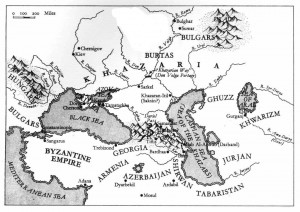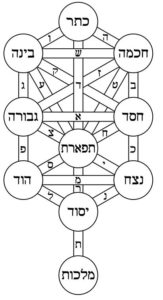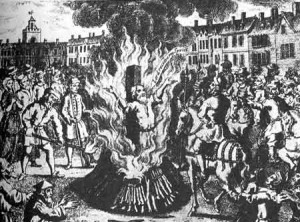The Medieval World’s Greatest Kingdom
The Khazars (c. 650-1016 CE) A perplexing people with unknown origins who rose to European and Asian dominance, the Khazars are most famous for their national conversion to Judaism. Speculated to have begun as a Turkic break-away kingdom, the Khazars spread quickly to encompass the entire Caucasus region, southern Russia and parts of Eastern Europe. In the 700s, the Khazars waged a series of wars against the superpower Arab Caliphate, which historians agree prevented Europe from becoming an Islamic continent. Around 740 CE, King Bulan, feeling a lack of spirituality in his warrior life, invited representatives of the major religions. He found truth in Judaism and converted. Keeping with the Jewish way, he did not impose his new lifestyle on anyone. Nonetheless, the nobility slowly followed suit and by 860 CE, so had most of the kingdom. The Khazars dominated world trade, controlling much of the Silk Road. The silver coins that they minted (called Yarmaqs) are commonly found in places like China and England, and in 1999 a large reserve of these coins was found in Sweden, bearing the inscription “Moses is the Prophet of God”. Sadly, the kingdom declined after a series of revolts, was then overrun by the Rus, and destroyed by the Mongols.
Words of the Week
Stay away – to the ultimate degree – from “holy wars.” Not because we lack the means of prevailing or because of timorousness, but because we must consecrate all our strength exclusively to strengthening our own structure, the edifice of Torah and mitzvot performed in holiness and purity
– Rabbi Sholom DovBer of Lubavitch



